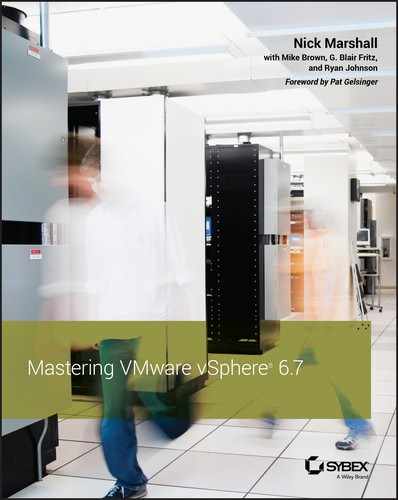Book Description
Master your virtual environment with the ultimate vSphere guideMastering VMware vSphere 6.7 is the fully updated edition of the bestselling guide to VMware's virtualization solution. With comprehensive coverage of this industry-leading toolset, this book acts as an informative guide and valuable reference. Step-by-step instruction walks you through installation, configuration, operation, security processes, and much more as you conquer the management and automation of your virtual environment. Written by certified VMware vExperts, this indispensable guide provides hands-on instruction and detailed conceptual explanations, anchored by practical applications and real-world examples.
This book is the ultimate guide to vSphere, helping administrators master their virtual environment. Learn to:
- Install, configure, and manage the vCenter Server components
- Leverage the Support Tools to provide maintenance and updates
- Create and configure virtual networks, storage devices, and virtual machines
- Implement the latest features to ensure compatibility and flexibility
- Manage resource allocation and utilization to meet application needs
- Monitor infrastructure performance and availability
- Automate and orchestrate routine administrative tasks
Mastering VMware vSphere 6.7 is what you need to stay up-to-date on VMware's industry-leading software for the virtualized datacenter.
